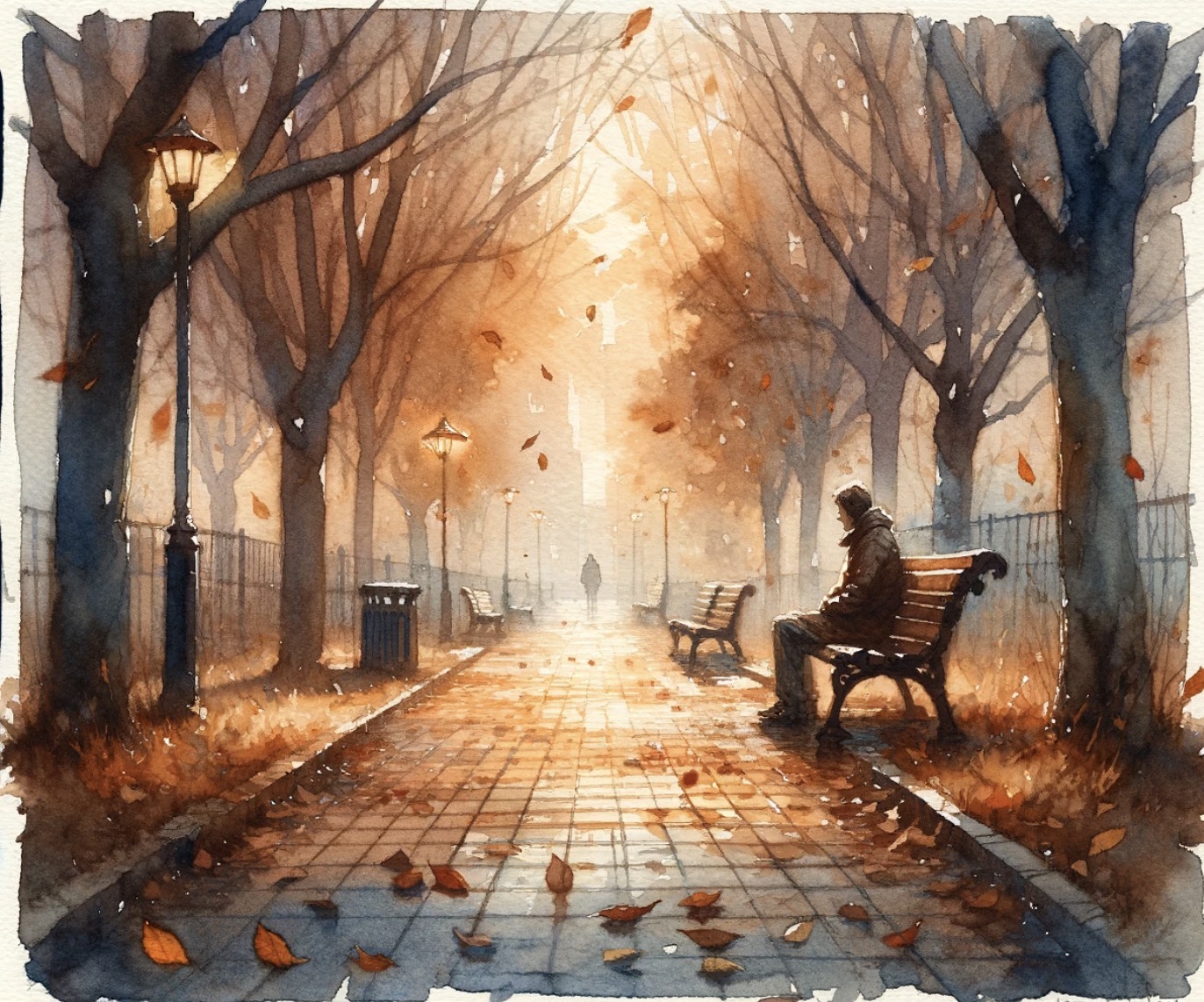“Song for the Asking” is a profound musical gem tucked away on Simon & Garfunkel’s final studio album, “Bridge Over Troubled Water,” released in January 1970. This track, often overshadowed by the monumental hits such as the title track and “The Boxer,” holds its own as a tender, introspective piece that wraps up the duo’s collective journey with poise and introspection.
Here, we embark on an exploration of its background, historical context, lyrics, interpretation, and the enduring legacy that this song has carved into the societal and musical landscapes.
Background and Historical Context
“Bridge Over Troubled Water” was conceived during a time of personal and professional tension between Paul Simon and Art Garfunkel.

As their partnership was fraying, so was the fabric of society around them, with the late 1960s seeing social upheavals, the Civil Rights movement gaining momentum, and the Vietnam War at its zenith. Amidst this turmoil, Simon & Garfunkel sought to create a work that would not only be a testament to their musical collaboration but also offer solace and reflection for a world in disarray.
“Song for the Asking” is the concluding track of this ambitious album, and it offers a moment of quiet closure. It is written solely by Paul Simon, who is renowned for his literary approach to songwriting, packing emotion and narrative into concise, poetic lyrics. This song is no exception, and it presents a stark contrast to the grandeur of some of the album’s other tracks, providing a simple yet heartfelt epilogue.
Lyrics and Meaning
Simon’s lyrics are characterized by a humility and vulnerability that resonate deeply with listeners. The song starts with the lines:
“Here is my song for the asking
Ask me and I will play
So sweetly, I’ll make you smile”
Here, Simon seems to be offering his music, his craft, to the listener as a humble gift. The “asking” can be interpreted as an invitation for connection, an offering of his art for comfort or empathy, acknowledging the power of music to heal and uplift.
The subsequent verse:
“This is my tune for the taking
Take it, don’t turn away
I’ve been waiting all my life”
The sentiment deepens as Simon invites the listener not just to ask for the song, but to take it, to make it their own. There is a sense of yearning in “I’ve been waiting all my life,” implying that the act of sharing his music is not just an afterthought but a culmination of his life’s work and purpose.
The final verse brings a note of reflection and perhaps resignation:
“Thinking it over, I’ve been sad
Thinking it over, I’d be more than glad
To change my ways for the asking”
Here, Simon appears to express a willingness to change, to grow, and to adapt, perhaps in response to the feedback of his audience or as an artist coming to terms with the need for personal evolution. The “asking” again symbolizes the power of communication and the potential for transformation when one is open to the voices of others.
Interpretations
Beyond the literal interpretation of the lyrics as an artist’s offering of his work, “Song for the Asking” can be seen as a metaphor for vulnerability and the human condition. Simon’s words can be viewed as a plea for understanding and an acknowledgment of the need for human connection.

“Ask me and I will play” is not just about music; it’s about opening up, about being willing to share one’s inner world with others. The repetition of “for the asking” throughout the song emphasizes the importance of seeking and granting permission – that meaningful interactions are often just a question away.
As Simon invites the listener to “take” his tune, he touches on the universal desire to be heard and to leave an impact. The song, like all art, is a piece of the creator that remains long after the creator is gone, a legacy that continues to evoke emotion and provoke thought.
Legacy and Societal Impact
Although “Song for the Asking” might not have achieved the commercial success or radio play of some of Simon & Garfunkel’s other hits, its impact is no less significant. It’s a poignant reminder of the duo’s artistry, the depth of Simon’s songwriting, and the emotive power of Garfunkel’s voice.
In a society increasingly characterized by alienation and division, this song’s message of openness and connection remains profoundly relevant. It is a testament to the human experience, and its legacy lies in its ability to continue asking its listeners to engage, reflect, and find solace in the shared beauty of music.
“Song for the Asking” is a quiet yet powerful coda to Simon & Garfunkel’s collaborative career, embodying the intimacy and authenticity that marked much of their work. It is a song that asks for nothing but offers everything, encapsulating the bittersweet reality that every song, like every encounter, is an opportunity for the asking.
FAQs
How old is Paul Simon?
As of November 2023, Paul Simon is 82 years old. He was born on October 13, 1941.
Why did Simon and Garfunkel break up?
Simon and Garfunkel broke up primarily due to creative differences and personal tensions between the duo. Paul Simon desired to explore new musical directions and pursue a solo career, while Art Garfunkel was more inclined to continue their successful collaboration. These differences led to increasing conflicts and disagreements, ultimately resulting in their breakup in 1970.
1 thought on “What is the Meaning of Song for the Asking by Simon and Garfunkel? Explained!”